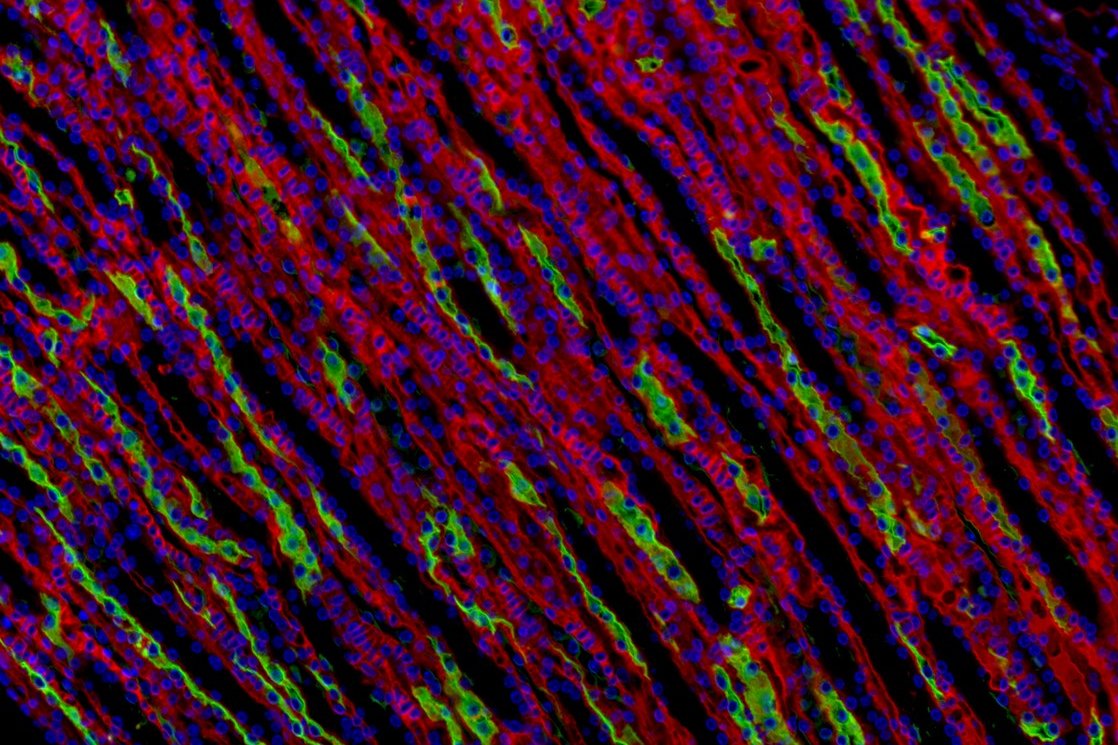
(Vienna, 15 November 2024) Glycans are complex carbohydrates that coat all cells. They are crucial for cell communication and the coordination of vital organ processes. However, their diversity and differences between organs have so far been little researched. A research team from BOKU, MedUni Vienna and IMBA has now presented a scalable method that provides new insights into glycobiology. The aim was to investigate structural differences in glycan chains in various organs such as the liver and brain and to determine their extent. The results were recently published in “Nature Communications”.
This question was investigated using the mammalian mouse model, whereby 20 different mouse tissues were analyzed according to the highest standards of glycoanalytics. The scientists had initially underestimated how extensive the amount of data generated would be. “We first had to develop a completely new way of evaluating data in order to be able to handle the analysis. We actually managed to carry out a process that could normally take many months in just a few weeks,” explains Stefan Mereiter from MedUni Vienna and IMBA (Institute of Molecular Biotechnology). However, the most exciting thing about this new approach was that, unlike conventional manual analyses, the method enabled the recognition and characterization of even unexpected glycan structures.
Surprising discoveries about the diversity of glycans
“Thanks to the collaboration between BOKU, MedUni Vienna and IMBA, we have succeeded in combining state-of-the-art glycan analysis, innovative data analysis methods and a deep understanding of anatomy and physiology to create the most detailed mapping of glycans in a mammal to date,” says Johannes Stadlmann from the Institute of Biochemistry at BOKU. In his laboratory, new methods for glycoproteomics and glycan analysis are being developed and glycoproteins are being researched in order to better understand their complex role in numerous biological processes.
“Understanding glycoproteomics is crucial to unraveling the true complexity of biological systems and could lead to breakthroughs in biomedical research,” says Stadlmann. “We were aware that glycans are complex biomolecules. But we were all surprised by how incredibly diverse these structures can be in a single organism,” adds his colleague at the institute, Johannes Helm.
The data shows that each tissue has completely unique glycosylation patterns and therefore helps to better understand the differences between organs. “In addition, we have discovered completely unexpected glycans, including special structures that occur exclusively in the brain,” explains Stadlmann.
This newly developed method reveals a previously unrecognized molecular versatility and opens up new possibilities to better understand the complex role of glycans in both healthy and diseased organs.
Publication: Nature Communications
Non-targeted N-glycome profiling reveals multiple layers of organ-specific diversity in mice
Johannes Helm, Stefan Mereiter, Tiago Oliveira, Anna Gattinger, David M. Markovitz, Josef M. Penninger, Friedrich Altmann, Johannes Stadlmann.
https://doi.org/10.1038/s41467-024-54134-z